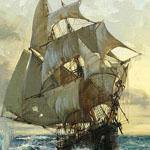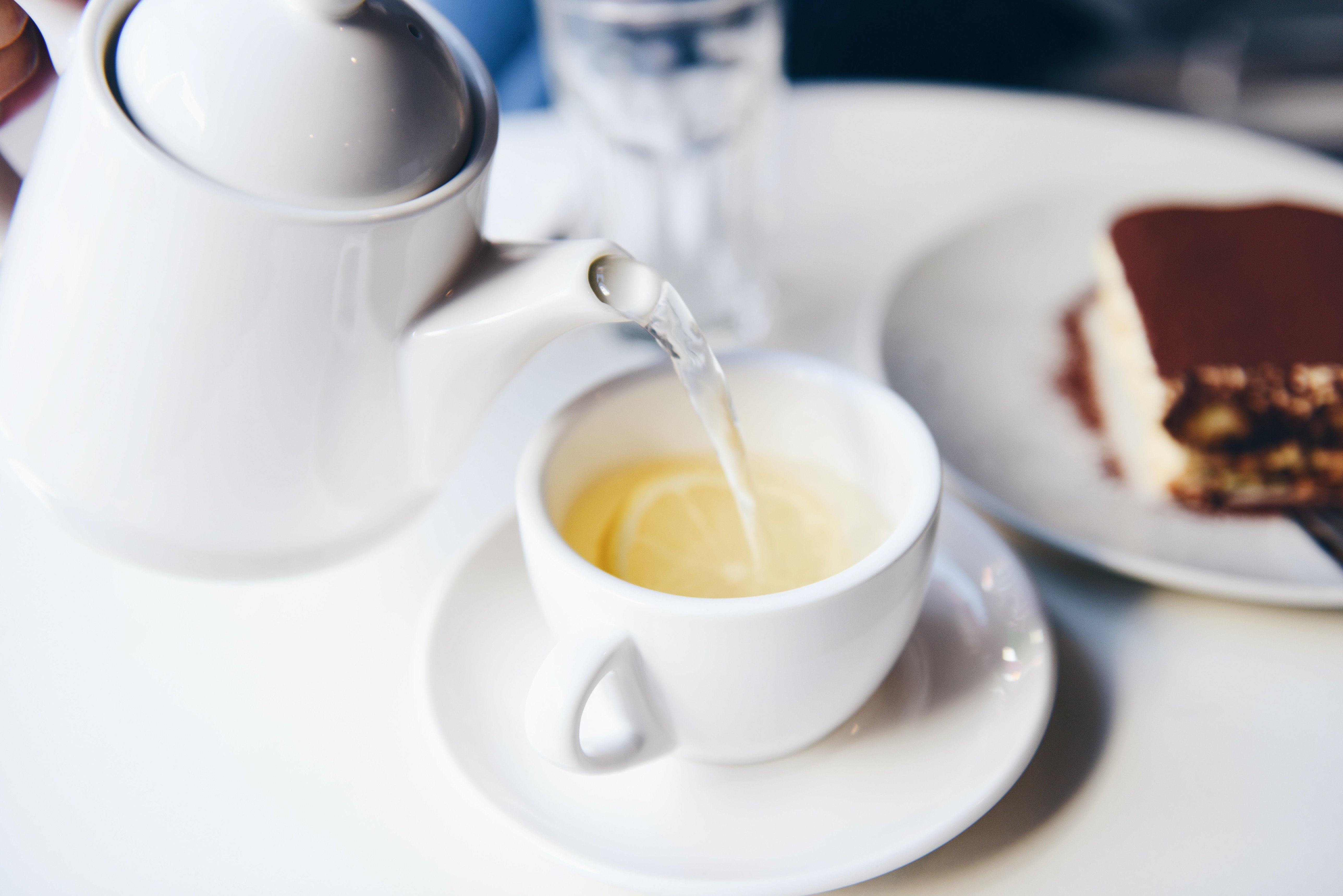Sailor’s Valentines: A gift of Love
Let's start this look at Sailor’s Valentines with a poem;The distant climes may us divideto think on you shall be my prideThe Winds and Waves may prove unkindIn me no change you’ll ever find.A magic spell will bind us fastAnd make me love you to the lastLet Cupid then your heart inclineto take me for your Valentine!
Jane Austen's brothers, Francis and Charles, often sailed in the East Indies. Is it possible that one of them might have brought back a 'Sailor's Valentine' for his sweetheart or wife? It is thought that by 1820, the craze for these treasures had reached a peak that would last through the Victorian era. 
As sailors traveled around the world, they often made or purchased mementos of their travels for their loved ones back home. As stated in Marine Art & Antiques Jack Tar, A Sailor's Life 1750-1910 by J Welles and Rodney P. Carlisle, "the sailor was concerned with making a fine appearance once he returned to shore, and hence would embellish his shore-going finery. He never stopped thinking about women and the love-life he was missing, either representing his fantasy by buying a gift he would later lavish on a particular woman. The sailor converted the long hours into cherished artifacts and bought still others." Such as the fancy-work sailor’s valentines from the island of Barbados. The romantic verse above was taken from a Victorian era Valentines card. Most of these valentines would include an illustration depicting the departure or return of the sailor to their sweethearts and wives. This spiritual message below was printed on the reverse side of an early 19th century Sunderland pearlware mug. The saying "Forget Me Not" is again used on the Sailor's Valentine pictured above.
In the book Sailors' Valentines by John Fondas, he concludes that the primary source for sailors' valentines was the New Curiosity Shop, located in McGregor Street, Bridgetown, Barbados, a popular shop where sailors would purchase souvenirs. The shop was owned by the English brothers B.H. and George Belgrave. Decorative shellwork was at its height in the 1820s, and the Belgraves' shop was sought out for its locally crafted shell designs in eight-sided boxes, similar to those that encased ship's compasses. Purchased typically by seamen for loved ones back home, these pieces were soon dubbed sailors' valentines. A sailor's valentine is made of one, or, more often, a hinged pair of octagonal wooden display cases lined with fabric. Small shells, seeds, or other materials are glued to the fabric, usually forming a colorful design. The name "sailor's valentine" comes from the fact that there is usually a sentimental phrase, such as "Forget Me Not," "With Love," or other sayings that we use on Valentine's Day. The shape is thought to come from old compass cases carried aboard sailing ships. 
CONTEMPORARY SAILOR'S VALENTINES
A handful of artists still produce these marvelous fancy works. You will see though a broader scope of designs than their victorian counterpart. Sailor valentine artist today create everything from replica valentines closely resembling the 19th century designs to completley original and very elaborate creations unique to themselves. Canadian artist Judy Dinnick is one of these award-winning artists creating sailor's valentines masterpieces today.
Joe Elder is President and co-owner of Skipjack Nautical Wares & Marine Gallery located in historic Olde Towne Portsmouth, Virginia. He writes a number of blogs about nautical antiques, marine art and coastal living and is also the co-author of the soon to be released young adult novel The Legend of Hornigold's Treasure.If you don't want to miss a beat when it comes to Jane Austen, make sure you are signed up to the Jane Austen newsletter for exclusive updates and discounts from our Online Gift Shop.






Leave a comment
This site is protected by hCaptcha and the hCaptcha Privacy Policy and Terms of Service apply.